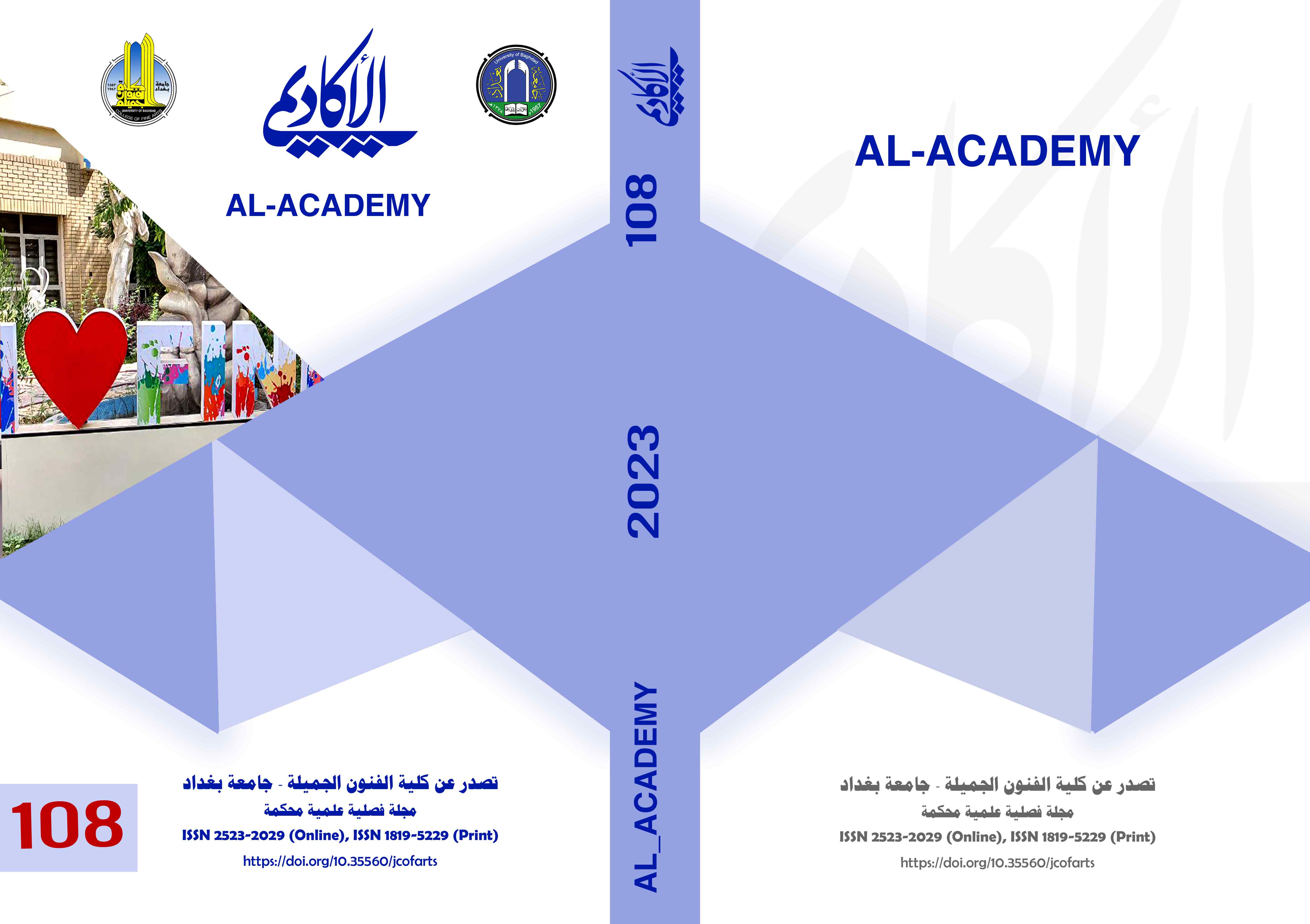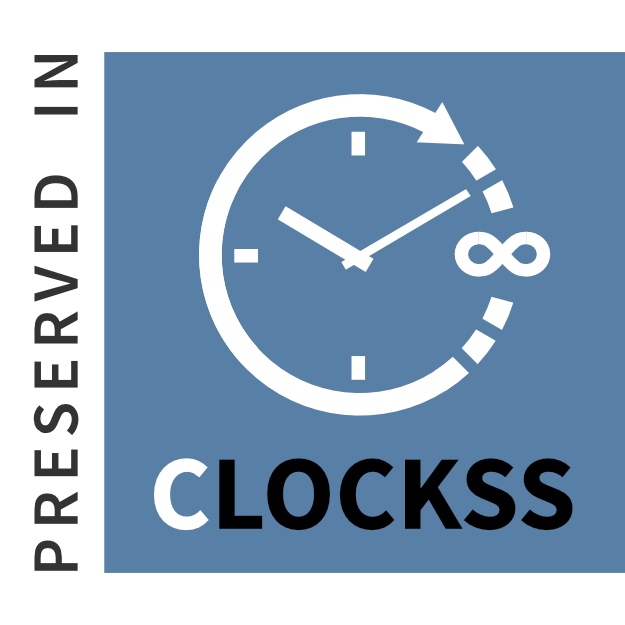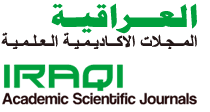Expressive Topics in Plastic Art Achievement A comparative study between Gustav Klimt and Star Kauusch
DOI:
https://doi.org/10.35560/jcofarts108/145-160Keywords:
expressions, plastic achievement, art, meanings, semantics, intellectual, schools, trends, artist, style, form, colors, elements, principlesAbstract
Schools and artistic trends derive their themes from artistic styles and styles as methods followed by the artist to express his themes embodied in the values of artistic and plastic elements as symbols and signs that can be described according to the type of art school and the extent to which the artist is influenced in employing them as a goal to achieve the plastic achievement in the painting, and from those vocabulary (human beings nature Life) as encoded messages that have an appearance and an interior, the appearance of which are forms, colors, formats and distributions of space and their interior meanings and semantics embody attitudes, events and circumstances that stem from the social depth and daily life and derive their components from those intellectual approaches to plastic art, including expressive arts, which simulate the insides of the artist and his sense of the direction of the surrounding subjects, and are presented in a formative style and an intellectual direction that has its aesthetic and semantic dimensions.
References
flied, G. f. (1985). Gustav klimt 1862- 1918, 1998 Bendikt taschen verlay Gmbh. koln: hohen zollernring S3,d50672. .
Rosemary, L. (1987). History of Art- The Twentieth Century. Cambridge : Cambridge University Press.
Researcher. (2021). Star Cowosh. Via WhatsApp on Friday 15/1/2021: An interview conducted by the researcher with the artist.
Blessed, p. (1973). The main trends in modern art in the light of Herbert Reid's theory. Baghdad: Ministry of Information Publications.
Irons, A.A. (1971). Expressionism in Poetry, Story and Theatre, Cultural Library Series No. 26. Cairo: Egyptian General Organization for Authorship and Publishing.
Amhaz, M. (1981). Contemporary Plastic Art Photography 1870 – 1970. Beirut: Dar al-Triangle.
Bonis, A. (2001). Modern European art. Beirut.
Doi, J. (1963). Art Experience, Ter: Zakaria Ibrahim. Cairo: Arab Renaissance House.
Reed, E. (1989). Summary in the history of modern painting. Ter: The gloss of the firstborn. I1. Baghdad: House of Public Cultural Affairs.
Serenity, M. (2010). The concept of artistic expression. Article. (http://alnoor.se/article.asp?id=99041: Fine Arts Forum, Department of Painting, Contemporary Plastic Art.
Saliha, n. (2001). Contemporary Theatrical Currents, supervised by D. Samir Sarhan. Sharjah: Theatre Library, Sharjah Centre for Intellectual Creativity, Department of Culture and Information.
Nazim, A.K. (1997). The cognitive origins of the theory of receiving. Amman: Dar Al Shorouk.
Hoyg, R. (1978). Art is a priority and its way. Ter: Salah Baramdeh. Part 2. Damascus: Ministry of Culture and Guidance.
Wahba, M. (1979). Glossary of Arabic Terms in Language and Literature. Beirut: Library of Lebanon.
Downloads
Published
Issue
Section
License
Copyright (c) 2023 Adel Abd Abtan, Mohammed Al Kinani

This work is licensed under a Creative Commons Attribution 4.0 International License.













